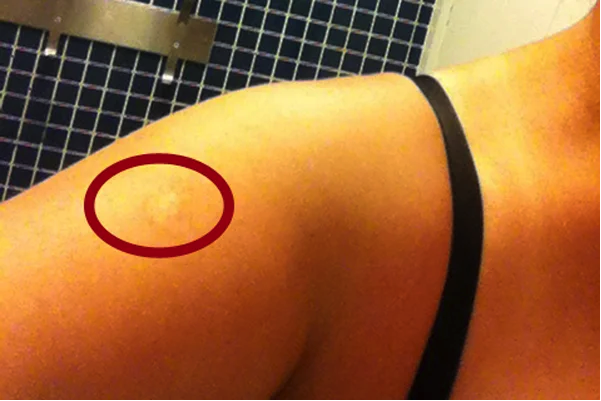The Legacy of Smallpox Vaccination: A Journey Through Time and Science
Before the 1970s, smallpox vaccination was a widespread and critical health measure aimed at combating the Variola virus, a pathogen that caused the deadly and disfiguring disease of smallpox. This vaccination effort played a pivotal role in eradicating the virus and protecting millions of lives worldwide. For many, the smallpox vaccine was not only a shield against the disease but also a marker of a significant era in medical history, often leaving behind a characteristic scar as a physical reminder of its importance.

The Science Behind the Vaccine
The smallpox vaccine utilized a live Vaccinia virus, a less dangerous relative of the Variola virus, to trigger an immune response. This method effectively prepared the body to fight off smallpox if exposed. After receiving the vaccine, the immune system would react vigorously, causing a blister to form at the injection site. This blistering process was a visible sign of the body’s immune system at work.
Over time, the blister would heal and form a crust, eventually leaving behind a circular scar. The distinctiveness of these scars stemmed from the vaccination technique, which involved multiple punctures of the skin with a bifurcated needle. Each tiny amount of vaccine introduced into the skin created localized blisters that contributed to the scar’s unique appearance.
The Physical Reaction to the Vaccination
Shortly after the vaccine was administered, the area around the injection site would swell slightly, a reaction that typically lasted for 6 to 8 hours. This initial inflammation was the body’s immediate response to the introduction of the Vaccinia virus. The swelling would then subside, returning the skin to a normal appearance. However, this was just the beginning of a series of visible changes.

About six to eight weeks post-vaccination, a small lump resembling a mosquito bite would form at the injection site. This lump would grow over time, developing into a lesion that eventually ruptured and exuded fluid. As the fluid drained, the lesion turned into an ulcer. The healing process of this ulcer resulted in the formation of a scar, which could take anywhere from two to five weeks to complete. Remarkably, this cycle of ulceration and healing could occur multiple times—usually two or three—before the scar finally stabilized, leaving a permanent mark.
The Decline of Smallpox and the End of Routine Vaccination
By the early 1970s, smallpox had been largely eradicated in the Western world, thanks to extensive vaccination campaigns and public health initiatives. As the threat of the Variola virus diminished, the need for routine vaccination also waned. Vaccinations were then reserved for individuals traveling to regions where smallpox still posed a risk. For many, the scar left by the vaccine became a lifelong symbol of the triumph of medical science over a once-devastating disease.

The 1980s marked the complete cessation of smallpox vaccinations. The global eradication of smallpox, declared by the World Health Organization (WHO) in 1980, was a monumental achievement in public health. With the virus no longer a threat, the practice of smallpox vaccination—and the distinctive scars it produced—faded into history.
The Smallpox Scar: A Symbol of Resilience
For those who received the vaccine, the scar often carries a deeper meaning. It serves as a reminder of a time when smallpox was a terrifying reality, and vaccination was the only line of defense. The scar represents resilience, scientific progress, and the collective efforts of humanity to conquer a deadly disease.
In modern times, these scars are becoming less common as younger generations grow up in a world free from the threat of smallpox. However, the legacy of smallpox vaccination continues to influence global health strategies. The eradication of smallpox remains a powerful example of what can be achieved through international cooperation, scientific innovation, and determined public health campaigns.
Lessons for Today
The story of smallpox vaccination offers valuable lessons for addressing contemporary health challenges. It highlights the importance of vaccines in preventing diseases, the role of global collaboration in combating pandemics, and the need for sustained efforts to ensure access to medical advancements for all.
While the smallpox vaccine is no longer a routine part of our lives, its impact endures. It paved the way for other vaccination programs and demonstrated the power of science to overcome seemingly insurmountable challenges. As the world continues to battle emerging health threats, the eradication of smallpox serves as a beacon of hope and a testament to what can be achieved when humanity unites for a common cause.





